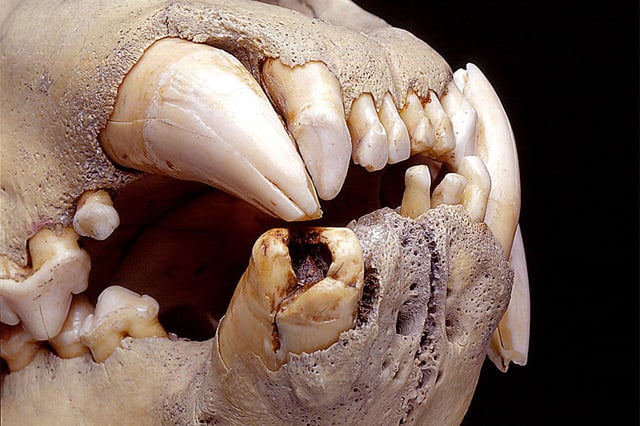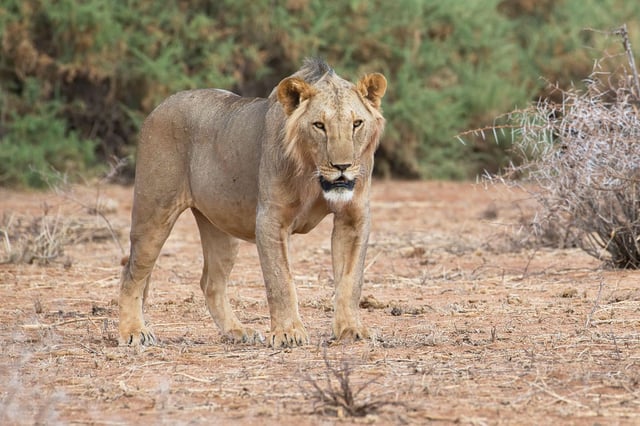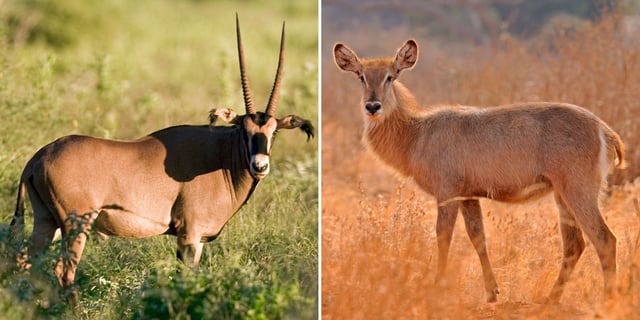Overview
- The study analyzed hairs found in the broken teeth of the lions, identifying prey species such as giraffes, zebras, wildebeests, and humans.
- Mitochondrial DNA analysis confirmed the lions were likely siblings and provided insights into their maternal lineage.
- The research suggested the lions roamed farther than previously believed, with evidence of consuming wildebeests located 50 miles away.
- The absence of buffalo DNA in the lions' diet was attributed to a rinderpest outbreak that decimated local buffalo populations during that era.
- This innovative genetic method opens new possibilities for studying the diets of ancient carnivores and understanding historical predator-prey dynamics.



